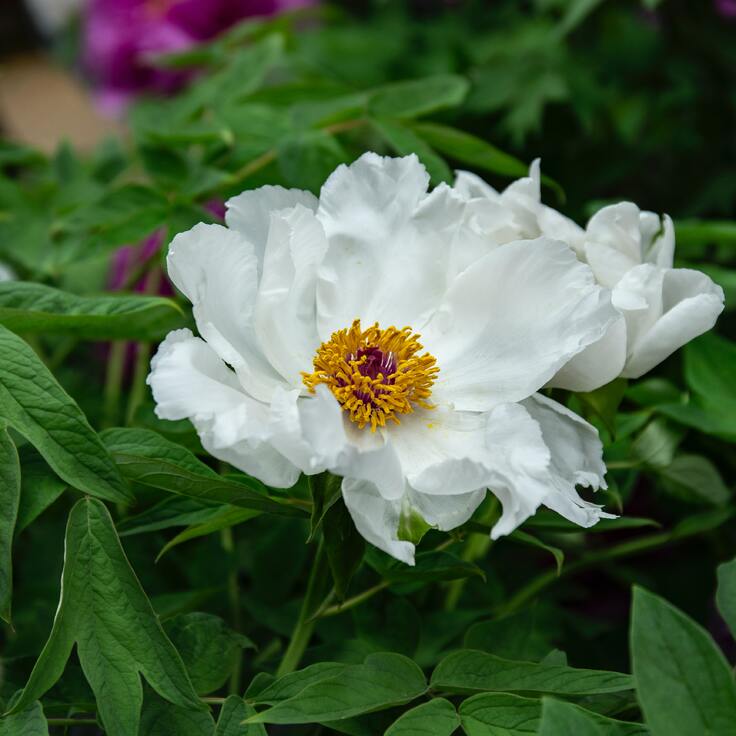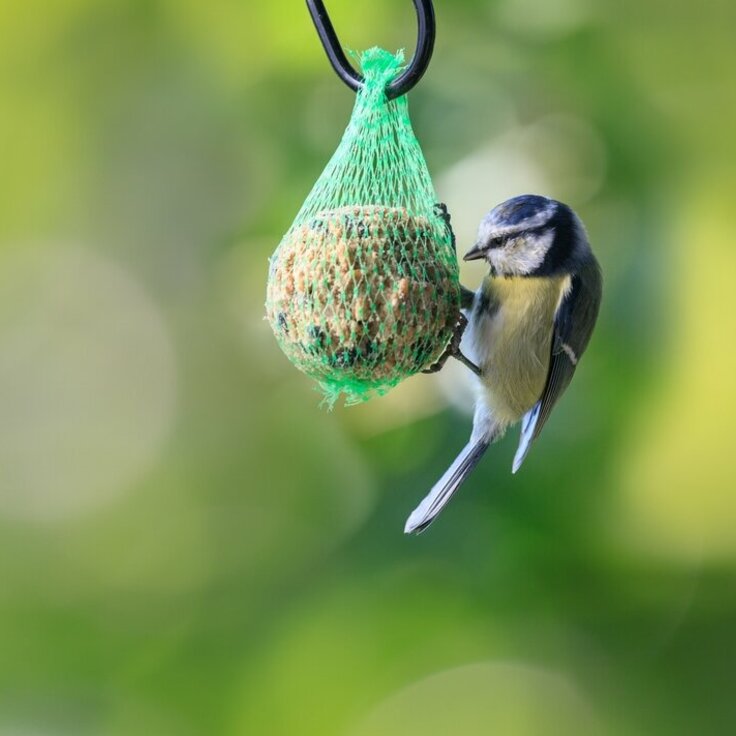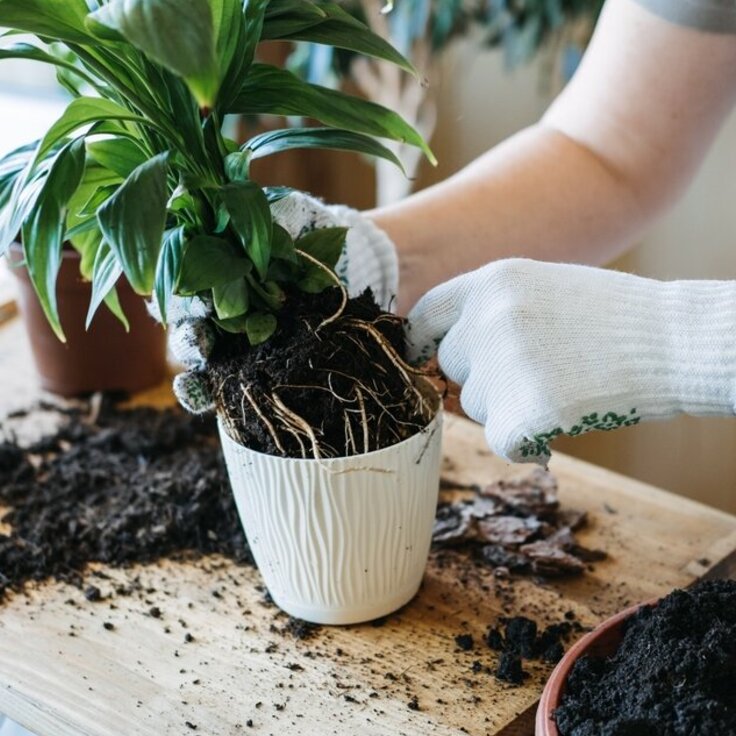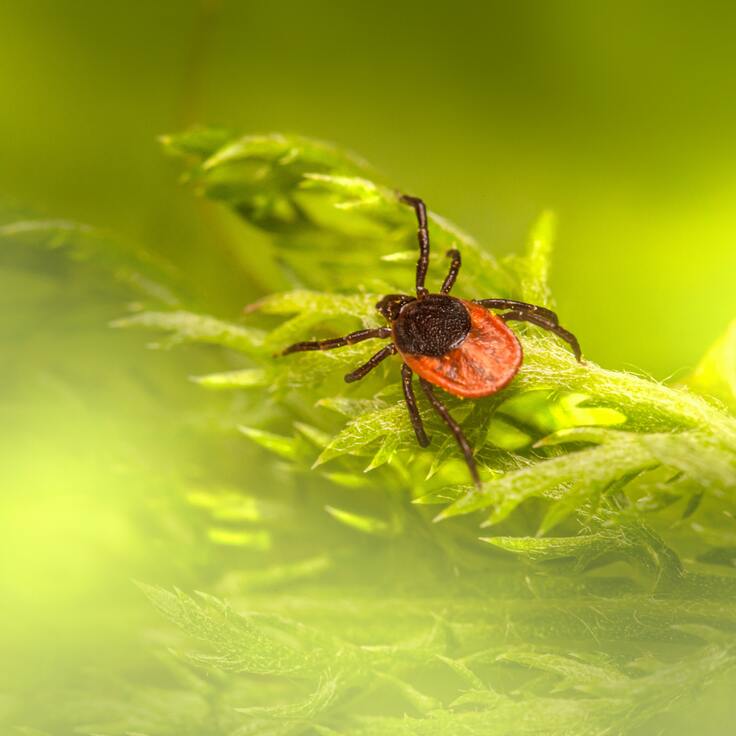Pruning Hydrangeas: Essential Tips and Tricks
Hydrangeas are a popular choice for gardeners due to their stunning blooms, ranging from soft pastel shades to vibrant hues. To ensure these plants flourish and stay healthy, proper care is crucial, particularly when it comes to pruning. In this guide, we'll explore the ins and outs of hydrangea pruning, including practical advice on trimming and maintaining these versatile plants.
Types of Hydrangeas and Their Pruning Needs
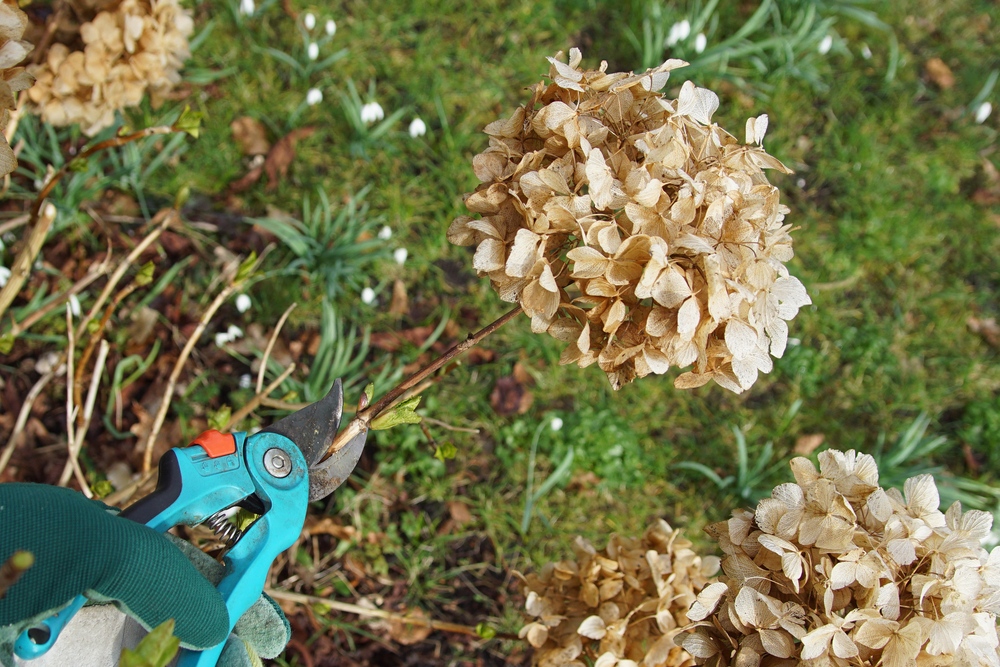
Before diving into pruning tips, it's essential to understand that different types of hydrangeas have varied pruning needs. Here are some of the most popular varieties:
-
Hydrangea macrophylla (Bigleaf Hydrangea): Known for its large, globe-like blooms that change color based on soil pH, this hydrangea should be pruned right after flowering, typically in late summer or early autumn, to avoid cutting off next year’s buds.
-
Hydrangea paniculata (Panicle Hydrangea): With its cone-shaped flower heads that start white and shift to pink, this variety can be pruned more severely since its blooms develop on new growth. It's best to prune it in late winter or early spring, just before the new growth begins.
-
Hydrangea quercifolia (Oakleaf Hydrangea): Featuring oak-like leaves and impressive fall color, this hydrangea should be pruned right after blooming to maintain its shape and health.
-
Hydrangea arborescens (Smooth Hydrangea): Recognized for its large, round flower clusters, this hydrangea benefits from early spring pruning, just before new growth starts, to ensure a robust flowering season.
How to Properly Prune Hydrangeas
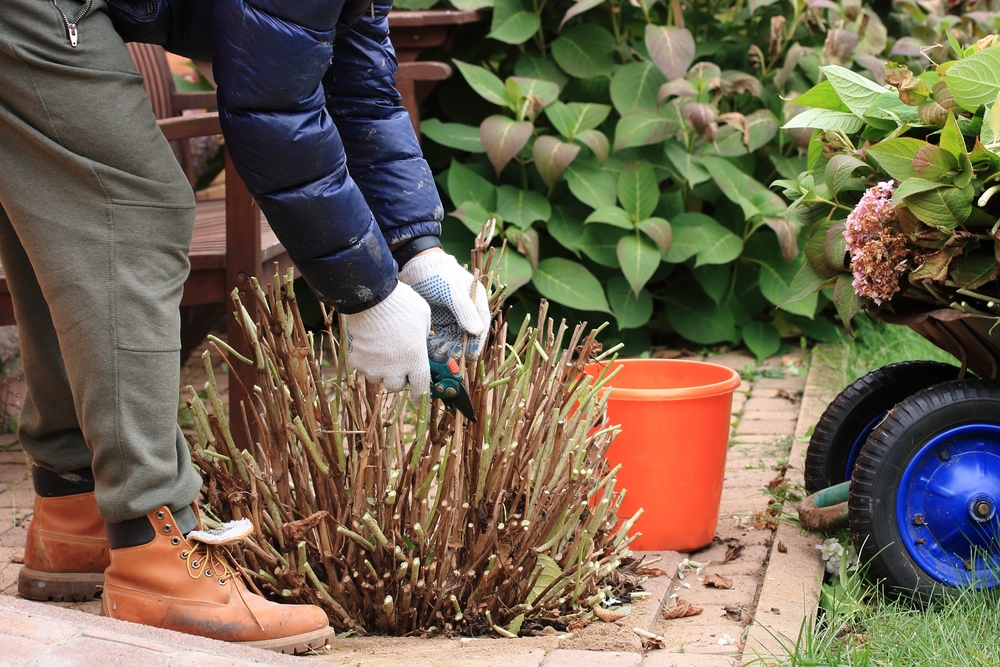
1. Preparation and Tools
Before starting, make sure you have the right tools. A sharp pair of pruning shears or loppers is essential for clean cuts. Disinfect your tools before use to prevent the spread of disease.
2. When to Prune?
The timing for pruning hydrangeas depends on the type of hydrangea you have. If unsure about the variety, check the blooming period and prune immediately after flowering. This helps avoid removing next season's buds.
3. How to Prune?
- Remove Dead and Diseased Wood: Start by cutting away dead, damaged, or diseased branches. This helps prevent the spread of disease and promotes a healthier plant.
- Control Growth: For hydrangeas that bloom on new wood (such as Hydrangea paniculata), you can prune more aggressively to manage growth and shape. Remove about a third of the oldest stems to give the plant a fresh start.
- Shape and Size: For hydrangeas that flower on old wood (like Hydrangea macrophylla), prune carefully to maintain shape. Remove branches growing inward to improve air circulation and create an open structure.
Maintaining Your Hydrangeas
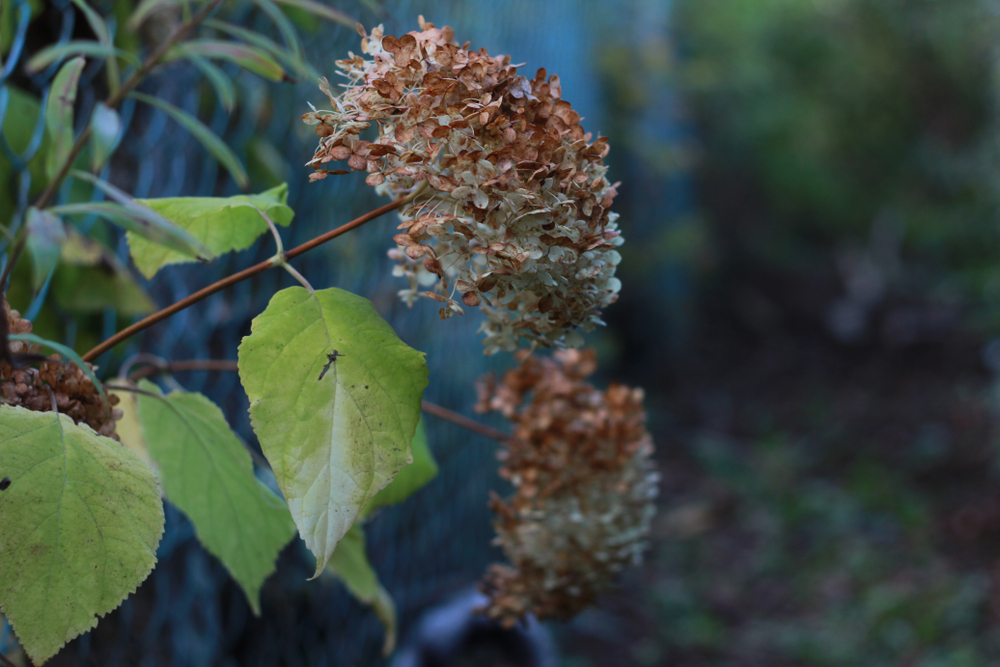
1. Fertilization and Soil
Hydrangeas thrive in well-draining, fertile soil. Enrich the soil with compost or well-rotted manure. Annual fertilization in spring supports strong growth and abundant blooms.
2. Watering
Regular watering is crucial for hydrangeas, especially during dry spells. Keep the soil consistently moist, but ensure it drains well to prevent root rot.
3. Winter Care
In colder climates, hydrangeas may need extra protection during winter. Mulch around the base of the plant to shield the roots from severe temperatures. For added protection, consider covering the plant with a winter blanket or bending the branches down and covering them with straw or leaves.
4. Propagation
Hydrangeas can also be propagated through cuttings. In early summer, take healthy cuttings and place them in a mix of potting soil and sand. Provide a warm, moist environment to encourage root development.
Popular Products for Hydrangea Care

Several products can make maintaining your hydrangeas easier:
- Hydrangea Fertilizers: Specialized fertilizers with a balanced NPK ratio can optimize growth and blooming.
- Pruning Tools: Investing in high-quality tools like sharp pruning shears or loppers can make pruning more effective and efficient.
- Winter Protection: Mulch, winter covers, and protective materials help shield your hydrangeas from frost and cold weather.
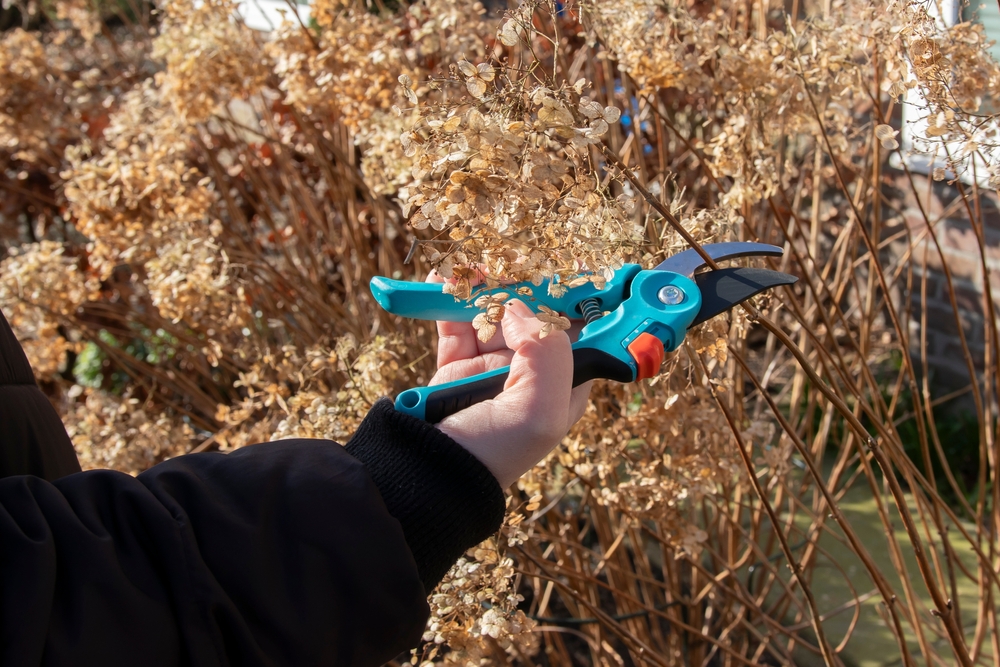
Keep Your Hydrangeas Healthy and Beautiful
Pruning and maintaining hydrangeas can be challenging, but with the right knowledge and techniques, you can keep your plants healthy and blooming beautifully. Whether you have Hydrangea macrophylla, paniculata, quercifolia, or arborescens, understanding your plant's specific needs and timing is key. With proper care, your hydrangeas will not only flourish but also enhance the beauty of your garden throughout the seasons.
By applying these tips and tricks, you'll ensure your hydrangeas stay in top condition and continue to dazzle each season. Happy gardening!


